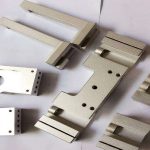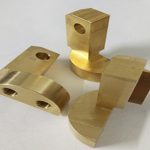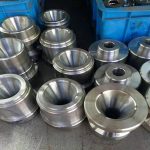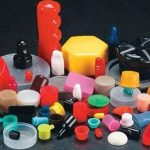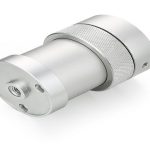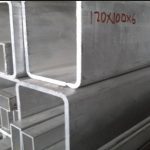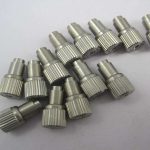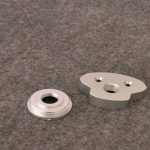The research team of the National Graphene Institute and the School of Materials at the University of Manchester has conducted research in the field of 3D printing of conductive inks and energy storage devices. They used 3D printing technology and MXene materials to create interdigitated electrodes that can be used for storage of super capacitors and other materials. Can be used by equipment.
Better conductivity and smaller volume
The reason why the printing ink is called a 2D material is that MXene is a two-dimensional layered material like graphene. It is a metal carbide and metal nitride material. MXene material shows high conductivity and affinity when dried. Water-based, so it is easy to disperse in aqueous suspensions and inks.
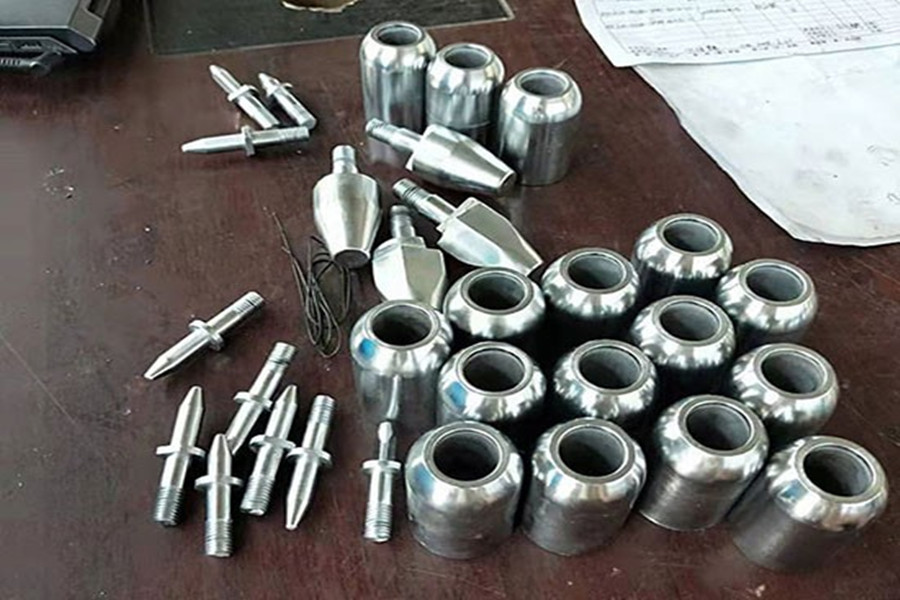
The University of Manchester is the birthplace of graphene materials. Graphene is the world’s first two-dimensional material. It is more conductive than copper, stronger, more flexible and more transparent than steel. The birth of graphene materials is an exploration Other two-dimensional materials opened the door.
Each two-dimensional material has a series of different characteristics, and the manufacturing method and material formula are particularly important for the application of the two-dimensional material’s characteristics. The research team said that they proved that a large number of MXene flakes can cover a few atoms in thickness, and water is used to formulate printable inks with specific viscoelastic behavior, and 3D printing technology can produce more than 20 independent structures.
A paper published by the research team in the journal Advanced Materials shows that the MXene 3D printing ink material is composed of atomically thin (1-3 nm) two-dimensional metal carbide (Ti3C2Tx) with a lateral size of about 8μm and has ideal viscoelasticity. .
The material can be used to produce energy storage with high specific surface area, such as supercapacitors without current collectors, through 3D printing equipment based on the material extrusion process. Compared with traditional capacitors, supercapacitors can generate a lot of power using less energy, have excellent conductivity, and are smaller.
The performance improvement of energy storage devices such as supercapacitors is increasingly dependent on innovative materials and scalable manufacturing methods. The research team at the University of Manchester believes that MXene ink and its 3D printing technology provide more opportunities for the manufacture of energy storage devices. Usually require complex 3D architecture, but traditional manufacturing technology is difficult to achieve equipment. Potential application areas of energy storage devices include electronic devices such as electric vehicles and mobile phones.
As stated by the University of Manchester research team, MXene materials have application potential in the field of energy storage devices. The key to whether these applications can be industrialized is that the development of MXene ink materials can provide a solution that is easy to achieve mass production. In this regard, Drexel University in the United States, which first developed MXene materials, also Carried out relevant research.
Professor Yury Gogotsi, the inventor of the MXene material at Drexel University in the United States, and the research team at Trinity College in Dublin, Ireland, reported an additive-free MXene ink for direct-write printing technology. Based on the two systems of water solvent and organic solvent, the researchers tried two printing methods, extrusion printing and inkjet printing, and verified their feasibility. At the same time, the printed microcapacitors (MSCs) exhibited high area specific capacity and high volume specific capacity. The ink has a wide range of universality and can be extended to the fields of resistor printing preparation, etc., showing the good application prospect of the MXene ink.
Link to this article: A MXene ink and 3D printing technology that can make supercapacitors
Reprint Statement: If there are no special instructions, all articles on this site are original. Please indicate the source for reprinting:https://www.cncmachiningptj.com
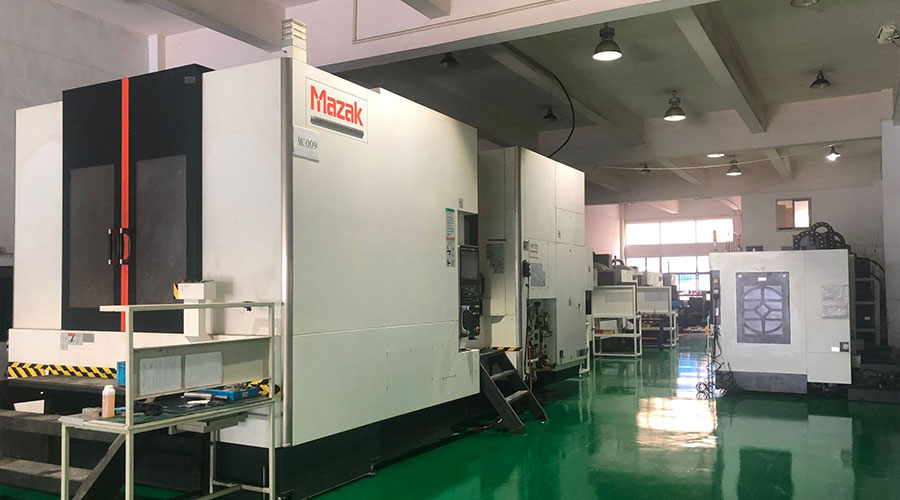 PTJ® provides a full range of Custom Precision cnc machining china services.ISO 9001:2015 &AS-9100 certified.
PTJ® provides a full range of Custom Precision cnc machining china services.ISO 9001:2015 &AS-9100 certified.
Machining shop specializing in fabrication services for construction and transportation industries. Capabilities include plasma and oxy-fuel cutting, Tailored machining, MIG and Custom Aluminum Cnc Precision Milling Welding Jig Fixture, roll forming, assembly, Lathe machining stainless steel cnc machine shaft, shearing, and CNC Swiss Machining services. Materials handled include carbon and Passivation Stainless Steel Machining Cover Plate Parts.
Tell us a little about your project’s budget and expected delivery time. We will strategize with you to provide the most cost-effective services to help you reach your target,You are welcome to contact us directly ( [email protected] ) .
Link to this article:A MXene ink and 3D printing technology that can make supercapacitors
Reprint Statement: If there are no special instructions, all articles on this site are original. Please indicate the source for reprinting:Tungusten,Thanks!^^

